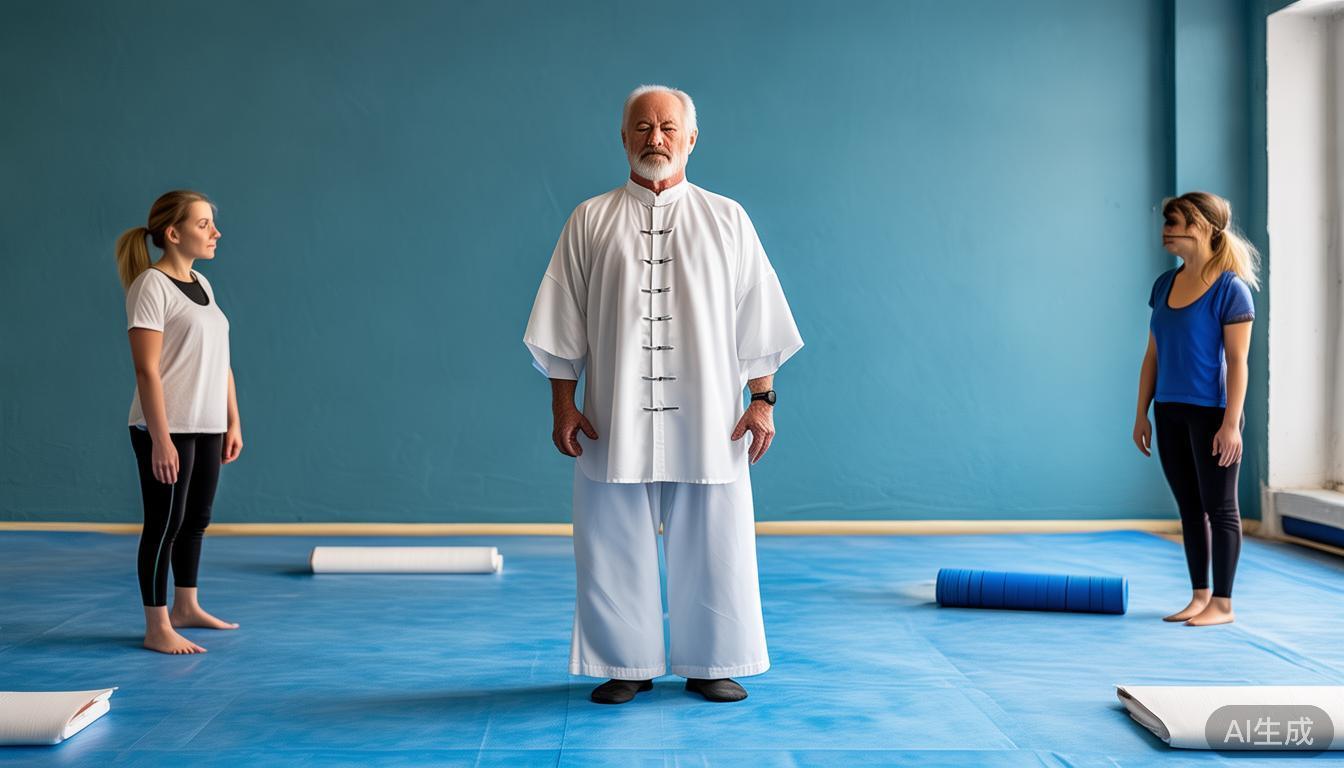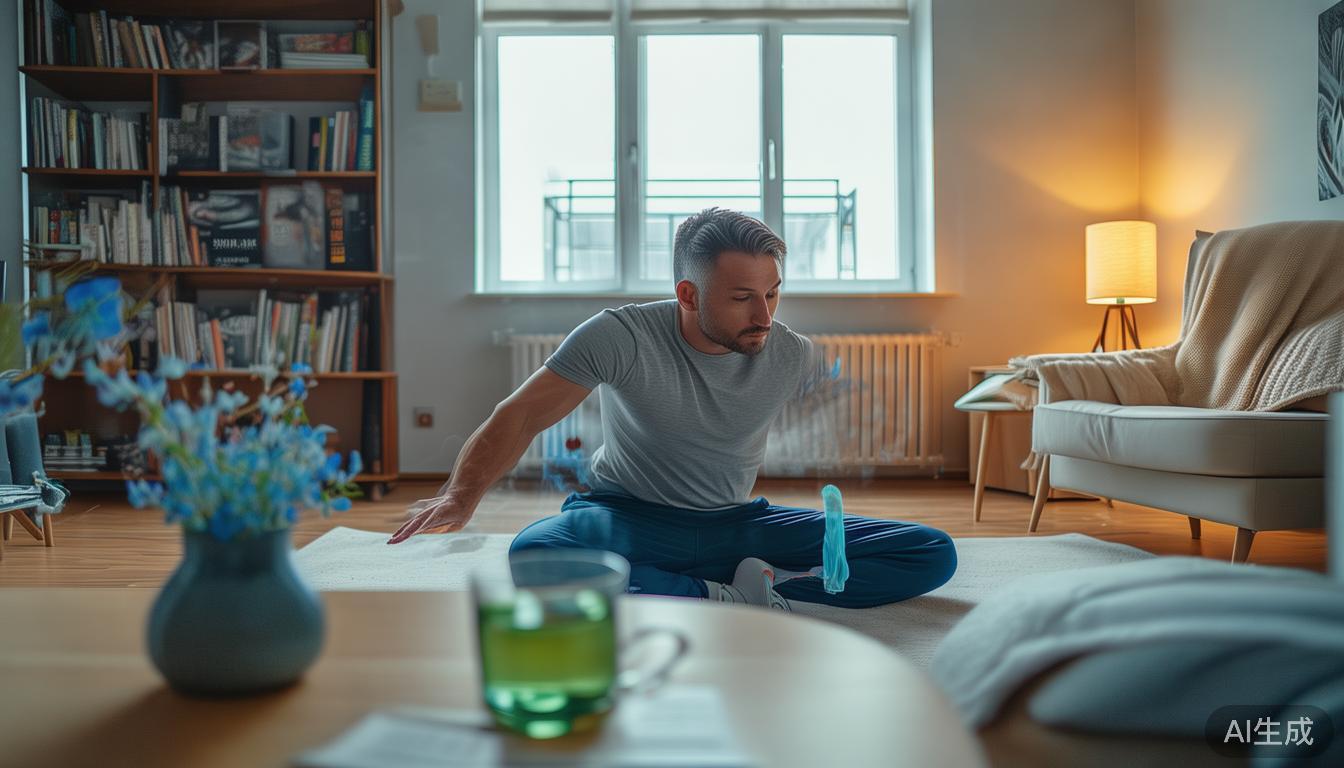After practicing Tai Chi for so many years, what I will never forget is the morning when I first stood on the playground. The sound of the rustling leaves in the wind blended with the slow flow of each move. At that moment, I understood that Tai Chi is more than just movements, but also a way to talk to yourself. Jake Mace’s Tai Chi introductory teaching is unique because it can make ancient exercises vivid and close to modern life, helping beginners find a peaceful place in the fast-paced world.
How Tai Chi Beginners Choose Jake Mace’s Teaching Video
For those who are new to Tai Chi, my suggestion is to start with Jake’s “Tai Chif or Beginners” series. This type is specially designed for students who have no foundation at all. The movements are clearly divided, and each step is equipped with detailed breathing tips! In terms of teaching style, Jake is like a patient friend who is demonstrating the movements next to him. He will repeatedly highlight the movement of the center of gravity and the path of the arms. These details are easily overlooked. I remember when I first followed him to practice, his slow-motion demonstration of the "Cloud Hands" made me instantly wake up from a dream – it turns out that Tai Chi movements should be like moving in a body of water to maintain a sense of resistance.

What are the core points of Jake Mace’s Tai Chi teachings?
The most unique aspect of his teaching is that he transforms the principles of traditional Tai Chi into a fitness science that modern people can easily understand. For example, when explaining "grabbing the sparrow's tail", he will use body mechanics to explain why the knees of the front legs should not exceed the toes, and combine it with tips on breath regulation. jake mace tai chi for beginners , I especially appreciate that he always reminds students to "move slowly, but the mind should be ahead." This key point helped me, and I felt the flow of air in my body within three months. The simplified twelve-position routine he designed not only retains the essence of the tradition, but is also suitable for daily practice in the living room.
Common misunderstandings when practicing Tai Chi with Jake Mace
For many beginners who are not yet involved, it is easy to fall into two extreme situations: on the one hand, they try their best to chase the standard of movements, causing the body to become tense; on the other hand, they are too reckless and completely lose the original meaning of Tai Chi. In the past, I have witnessed students suffering from severe pain in their shoulders and neck due to their efforts to imitate Jake's range of movements. This situation completely deviates from the principle of relaxation and naturalness that Tai Chi upholds. Jake often emphasized during the live broadcast: "Tai Chi is not about superficial postures, but actually about finding the inner feeling." It is recommended that novices who are just starting to learn should follow the practice 3 to 4 times a week, and truly focus on realizing what he said about "being in a relaxed state but never slumping, showing a calm posture but never being stiff." This is a state when the body is still and calm and stable. This is much more important than just memorizing the process of one move after another.

How to incorporate Jake Mace’s Tai Chi into your daily life
Since turning Jake's morning exercise video into a daily ritual, I have found that I can naturally enter the Tai Chi state by doing Tai Chi For Health while waiting for the water to boil, and Tai Chi And Arthritis while waiting for the bus. The idea of "Five Minutes Office Tai Chi" he proposed is extremely valuable, teaching people to use fragmented time to practice wrist rotation and center of gravity movement. One time when I was waiting for my flight at the airport, I practiced the method of "mindfulness guarding the Dantian" taught by him, and I actually found a rare peace in the hustle and bustle. Now I always have two of his demonstration videos on my phone, one is for complete exercises in the early morning, and the other is for adjustments in daily life.
Have any of you encountered the situation of "the mind is clear in the chest but the body is not controlled by the brain" during Tai Chi practice? How did you get past this stage? You are welcome to share your personal thoughts and feelings in the comment area. If you feel that these suggestions have practical value, please do not forget to recommend them to your friends around you. This peaceful momentum can be seen through the hustle and bustle.



Leave a Reply